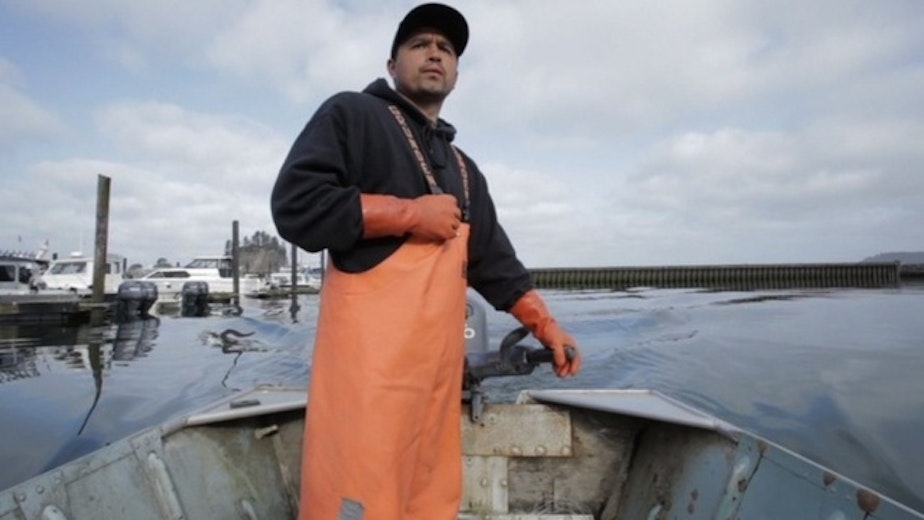5 Unexpected Ways Climate Change Will Impact The Northwest

The hairy woodpecker may need more living space. Sea levels are rising. And reduced snowpacks are storing less water for the hydropower dams on the Columbia River.
These are some of the regional impacts of climate change that top climate scientists in the Northwest considered in a recently published report. The greatest risks fall into three categories, according to the report, which also received input from native tribes and economists. Here are five projected impacts of climate change:
1. Rising Seas And A Falling Continent
Predictions of sea level rise in the Northwest are complicated by plate tectonics. For example, very little sea level rise has been observed on the Olympic Peninsula because the peninsula is uplifting at about the same rate that sea level is rising.
Scientists project that sea level rises will range from four inches to four feet along the Northwest coast. But that doesn’t take into account a major Cascadia subduction zone quake. OSU’s Philip Mote, one of the report’s editors, said when the big one hits, it could cause the entire coastline to drop by three feet, compounding the impact of rising seas.
Related: What Climate Change Means For Northwest’s Rivers, Coasts and Forests
2. Your Health Is At Stake
The Northwest doesn’t have extreme weather like hurricanes and tornadoes that often result in a high death toll. But increasing temperatures could make us more vulnerable to a range of troublesome and potentially fatal illnesses, from respiratory disorders to heat stroke to paralytic shellfish poisoning.
Related: Symptoms of Climate Change: Will a Warming World Make Us Sick?
3. Hot Potatoes
Changes in temperatures, carbon dioxide levels, and the availability of irrigation water would make the impact of climate change on agricultural crops difficult to predict. The yield of winter wheat, for example, is expected to increase by up to 25 percent.
Potato yields are expected to increase until the middle of the century and then decline up to 40 percent in some areas. More carbon dioxide in the air could be to blame.
“Carbon dioxide is plant food,” Mote said. “It’s one of the nutrients that plants take in to grow structures and fruits and vegetables. For most plants, having more food allows them to grow faster.”
But for many crops, that positive effect may be offset by the impact of longer summer droughts with less water available for irrigation.
4. Thin Shells
For marine creature with a shell or exoskeleton, climate change spells bad news.
The Northwest already has some of the most acidified ocean in the world, and climate change is projected to make it even worse. Scientists predict that as a result of all the lower pH, mussels will form shells 25 percent more slowly and oysters will form shells 10 percent more slowly by the end of the century.
Other ocean critters may fare better: Sea grasses and northern elephant seals may find more habitat available in a warming ocean. Paul Williams, who studies climate science and shellfish management for the Suquamish Tribe, says that while the big trend is clear, far more research is needed to understand how marine life will respond to acidification.
“If you want to ask, are the crabs going to disappear in Puget Sound, it’s hard to be that specific. What’s very clear is that we’ve changed the fundamental chemistry of the ocean,” he said.
5. Tribes
Climate change could affect many of the treaty rights reserved by tribes in the Northwest, from water rights and shellfish gathering to the use of forests. Decreased summer water flows and increased stream temperatures could add to the stress that dams have placed on the region’s salmon runs, which are culturally and economically critical to many tribes.
